

Modular furniture system.
This sideboard marks the start of our collaboration with the stonemasonry Roessler&Schwarz aiming at the revalorization of their stone offcuts and otherwise unusable slab leftovers.
︎ Material: Travertine limestone, stained pine wood, steel hardware
︎ Dimensions: 180x45x60 cm
︎ Availability: For sale
Konrad Freyer
Kiel, DE
This sideboard marks the start of our collaboration with the stonemasonry Roessler&Schwarz aiming at the revalorization of their stone offcuts and otherwise unusable slab leftovers.
︎ Material: Travertine limestone, stained pine wood, steel hardware
︎ Dimensions: 180x45x60 cm
︎ Availability: For sale
Konrad Freyer
Kiel, DE


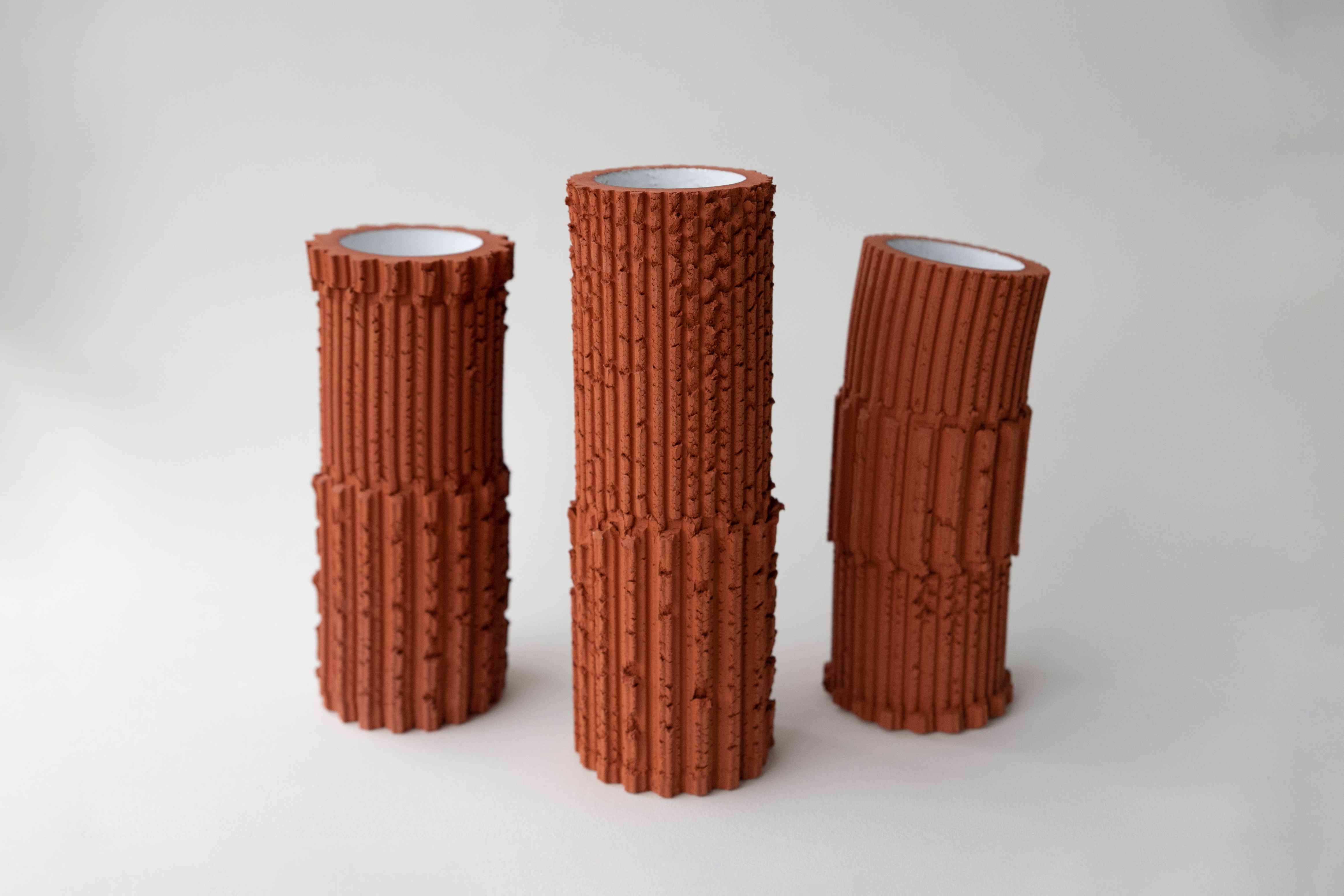

Continuation of our Vase Series.
We want to thank Jinhwi Lee, ceramic workshop technician of the Muthesius for all his help throughout the entire development phase.
︎ Material: Industrial clay
︎ Tool: Extruder
︎ Availability: For sale
In store: Kosmos, Kiel
Ben Wesch, Konrad Freyer
Kiel, DE
We want to thank Jinhwi Lee, ceramic workshop technician of the Muthesius for all his help throughout the entire development phase.
︎ Material: Industrial clay
︎ Tool: Extruder
︎ Availability: For sale
In store: Kosmos, Kiel
Ben Wesch, Konrad Freyer
Kiel, DE

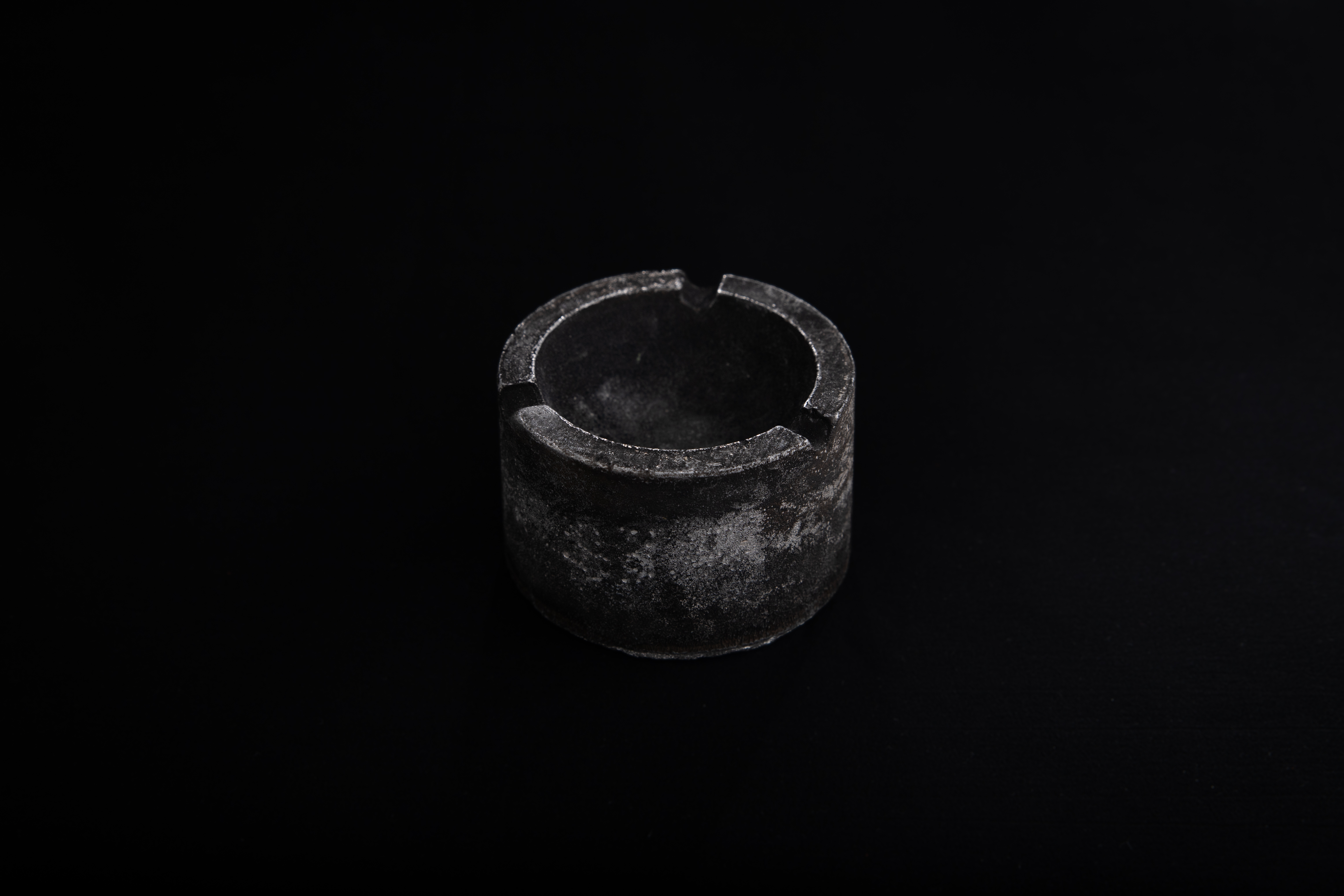
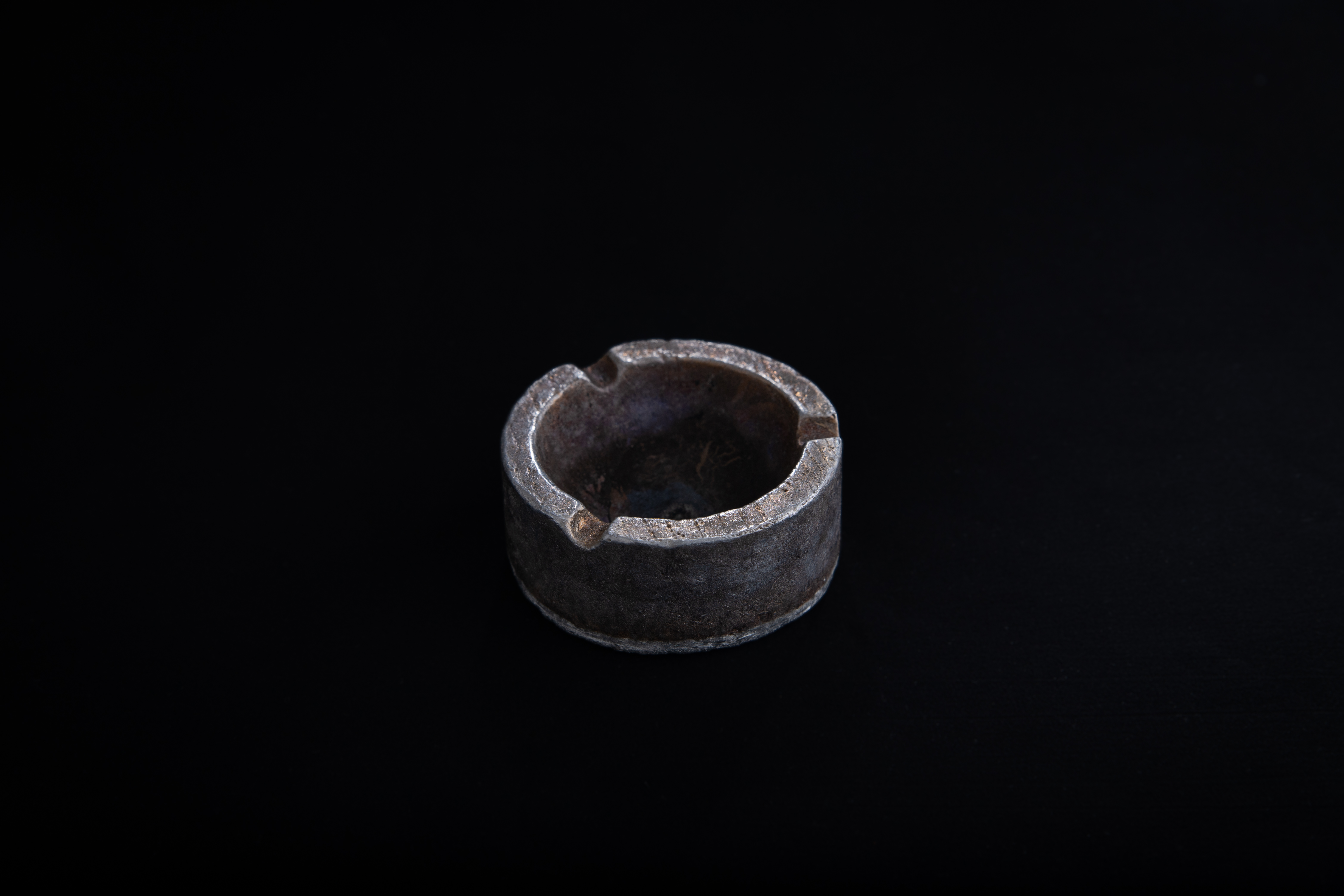

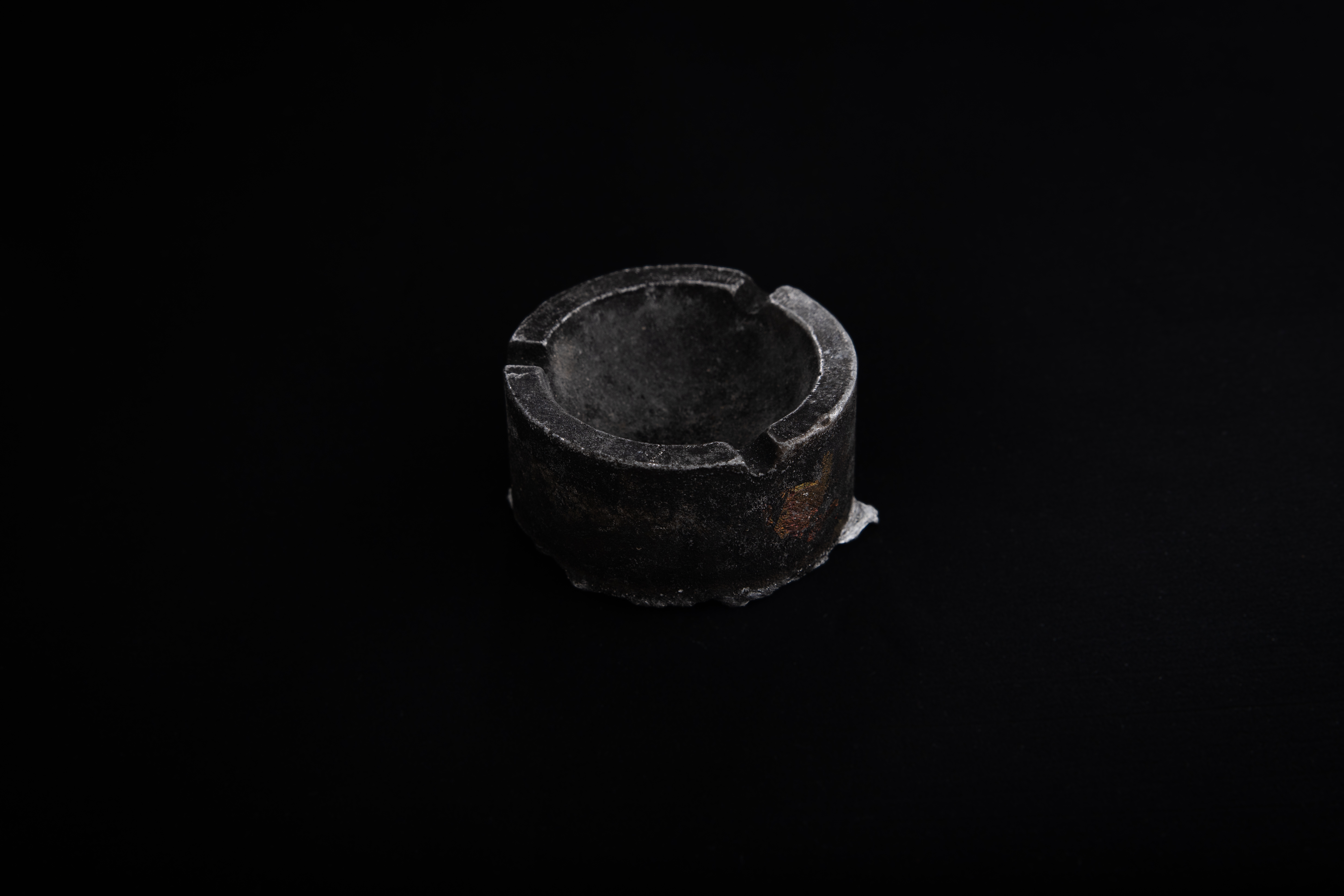
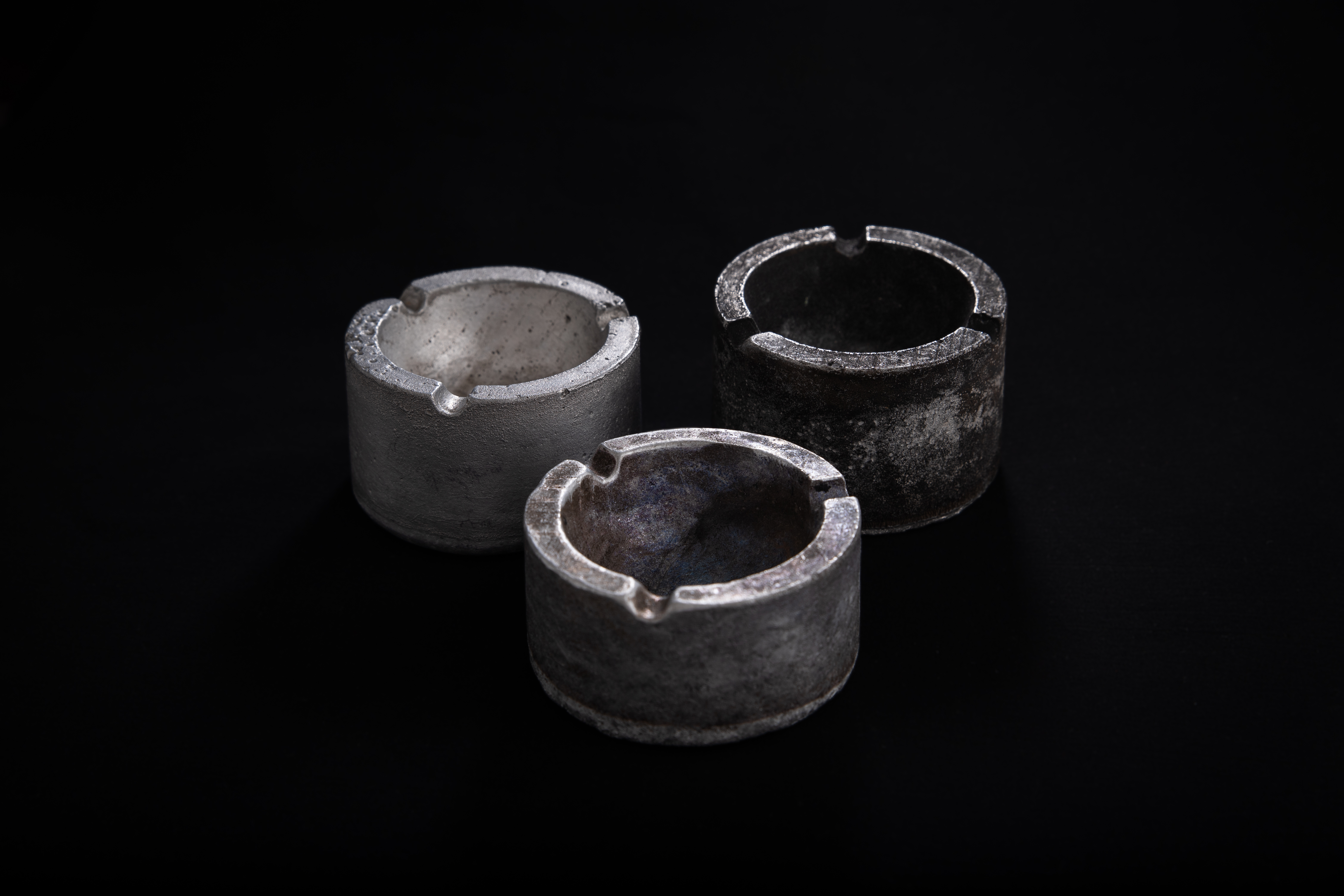
Ashtray Series for Plattform 2.
Shoutouts to Jürgen Michelsen, Matthias Wiedwaldt and the janitors of the Muthesius for their help.
︎ Material: Re-sourced aluminium
︎ Method: Sand-Casting
︎ Availability: For sale
In store: Kosmos, Kiel
Ben Wesch, Konrad Freyer
Kiel, DE
Shoutouts to Jürgen Michelsen, Matthias Wiedwaldt and the janitors of the Muthesius for their help.
︎ Material: Re-sourced aluminium
︎ Method: Sand-Casting
︎ Availability: For sale
In store: Kosmos, Kiel
Ben Wesch, Konrad Freyer
Kiel, DE
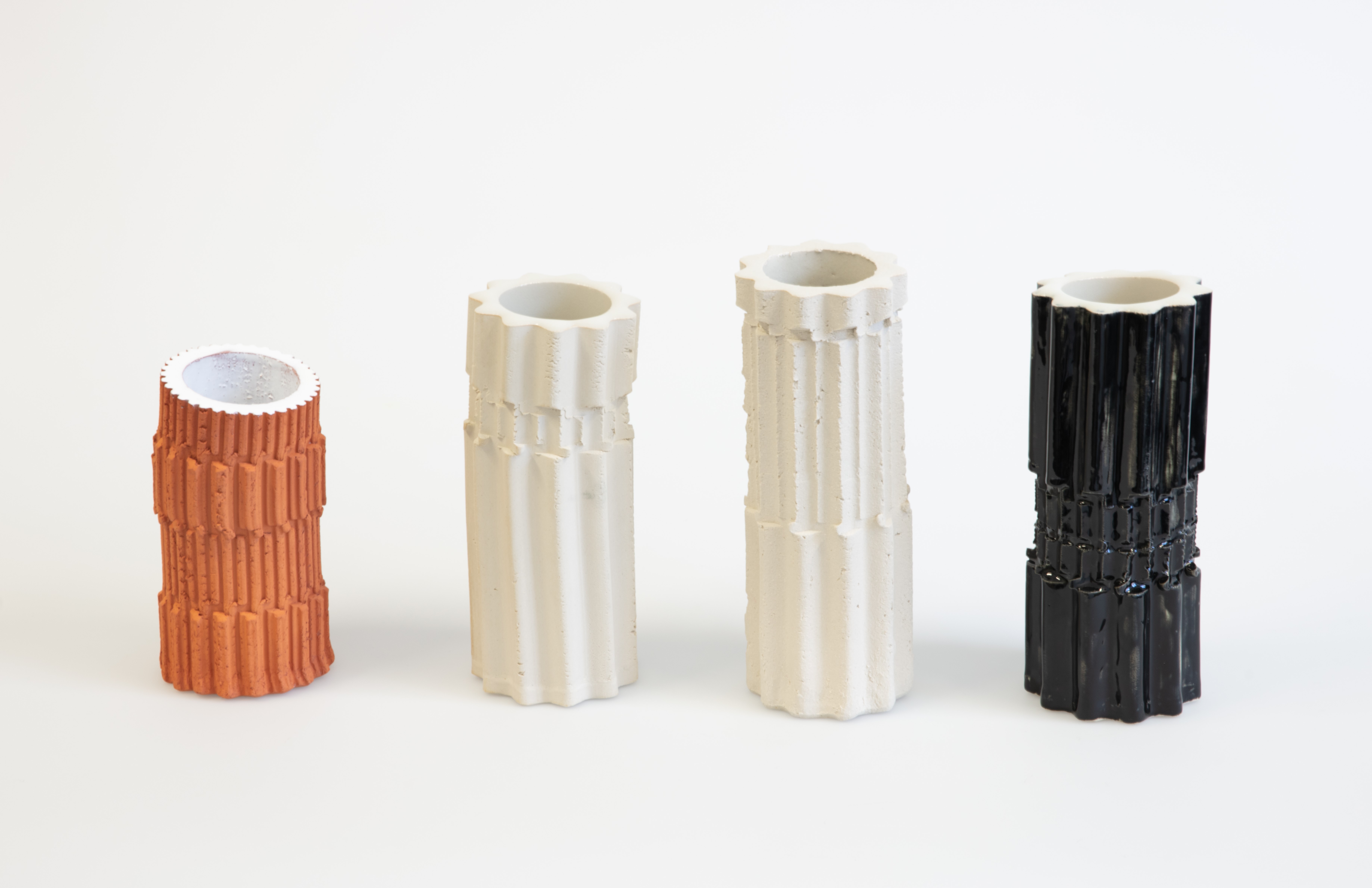
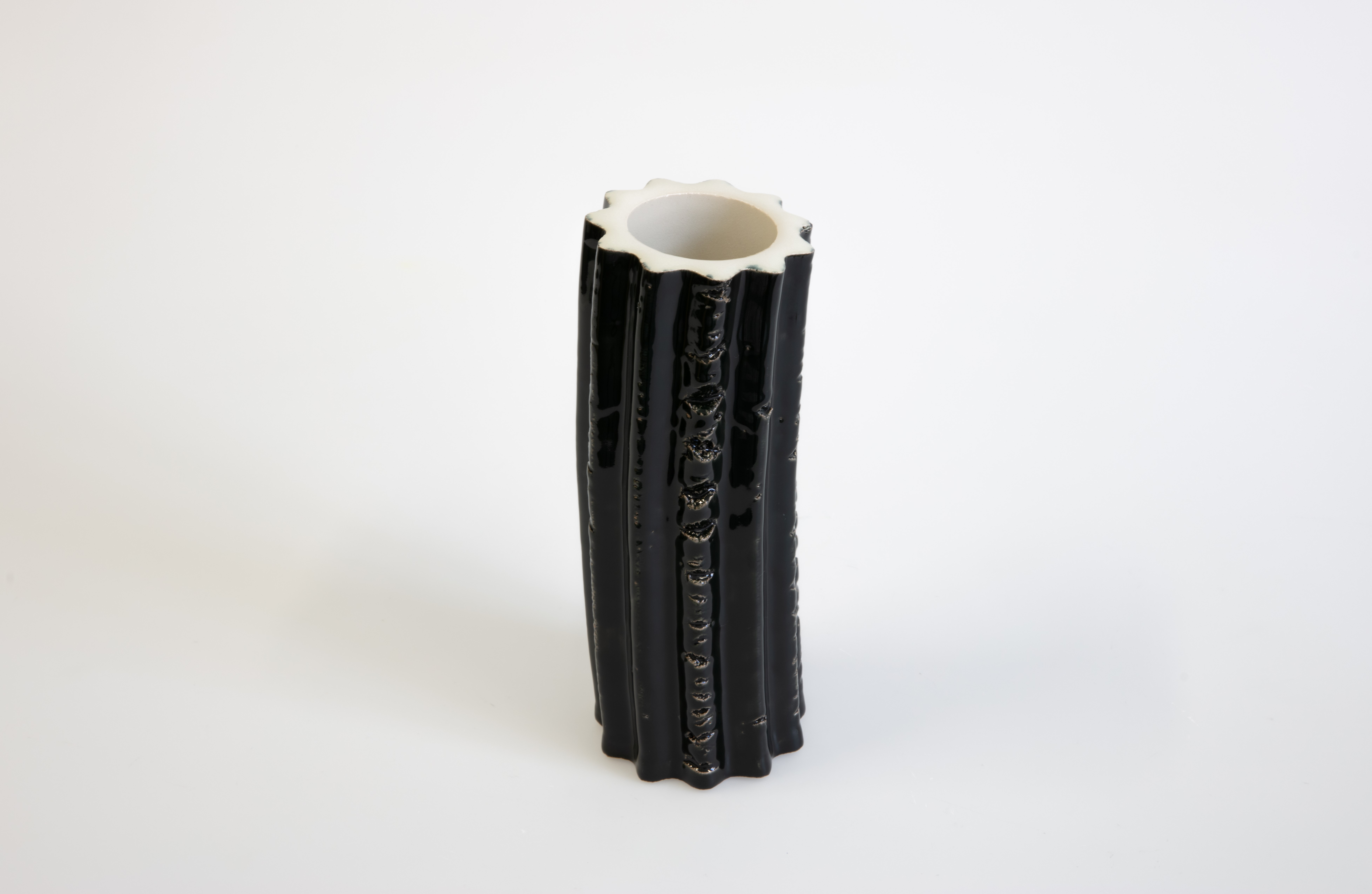
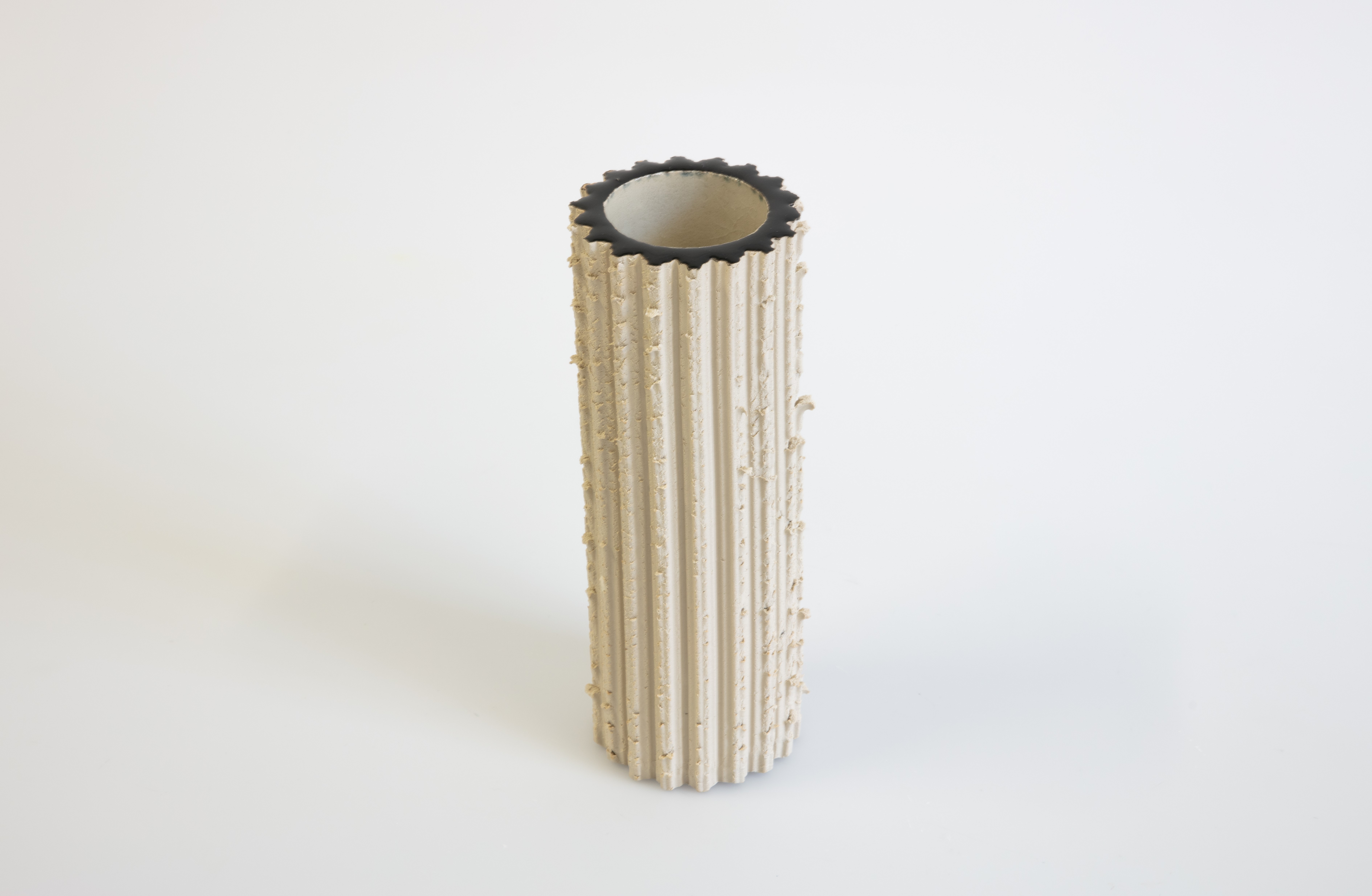



Glazing Tests.
︎ Material: Industrial clay
︎ Method: Extruding
︎ Tool: Extruder
︎ Availability: For sale
In store: Kosmos, Kiel
Ben Wesch, Konrad Freyer
Kiel, DE
︎ Material: Industrial clay
︎ Method: Extruding
︎ Tool: Extruder
︎ Availability: For sale
In store: Kosmos, Kiel
Ben Wesch, Konrad Freyer
Kiel, DE


Martin Postler and Benjamin Unterluggauer invited us to take part in the group show Harvest during milan design week 2023. Konrad and Ben joined forces to work further on the Rain Bricks, especially on the attachment to the wall. By using local clay, which can be found in abundance, we hope to create
an understanding of the materiality of the Rain Bricks and to point out
that this material is widely available. The basic intention is to show a
more decentralized and transparent approach to production methods based
on local resources combined with globally shared knowledge. We see short
production and delivery distances as well as a stronger bond between
consumers and products through materiality as beneficial. We also believe
that sharing knowledge about manufacturing techniques is important for
real progress, so that they can be emulated and further developed.
The extrusion process is widely used in the industrial production of bricks. In this process, the ceramic mass is pressed by machine through a template into a strand and then further processed. The diversity of Rain Bricks results from an extruded shape, which is subsequently processed by hand. Classic operations from the ceramic craft such as slipping, deforming and incising are used.
The surface of each stone is highly textured to allow algae and moss growth (bioreceptivity). In the constructional application there are two variations. The first is similar to classical masonry: stones are mortared in offset stacks, the stackability of the form aids bricklaying. Individual bricks are curved outward to direct water raining on the facade to the inside of the bricks. The second variant has a rail on the back, and thus allows non-permanent, flexible attachment with the help of screwable hooks. This allows easy replacement of individual stones in case of damage. From both variants there are special stones, which are closed on one side or on both sides to create different application possibilities.
Valves can be connected on them, small birdbaths or planting stones can be installed and the direction of water flow can be determined. On the inside there are three lines which are intended as auxiliary lines for further processing.
︎ Material: Industrial clay
︎ Method: Extruding
︎ Tools: Extruder
Prototyping-Stage
Ben Wesch, Konrad Freyer
Kiel, DE
![]()
The extrusion process is widely used in the industrial production of bricks. In this process, the ceramic mass is pressed by machine through a template into a strand and then further processed. The diversity of Rain Bricks results from an extruded shape, which is subsequently processed by hand. Classic operations from the ceramic craft such as slipping, deforming and incising are used.
The surface of each stone is highly textured to allow algae and moss growth (bioreceptivity). In the constructional application there are two variations. The first is similar to classical masonry: stones are mortared in offset stacks, the stackability of the form aids bricklaying. Individual bricks are curved outward to direct water raining on the facade to the inside of the bricks. The second variant has a rail on the back, and thus allows non-permanent, flexible attachment with the help of screwable hooks. This allows easy replacement of individual stones in case of damage. From both variants there are special stones, which are closed on one side or on both sides to create different application possibilities.
Valves can be connected on them, small birdbaths or planting stones can be installed and the direction of water flow can be determined. On the inside there are three lines which are intended as auxiliary lines for further processing.
︎ Material: Industrial clay
︎ Method: Extruding
︎ Tools: Extruder
Prototyping-Stage
Ben Wesch, Konrad Freyer
Kiel, DE
